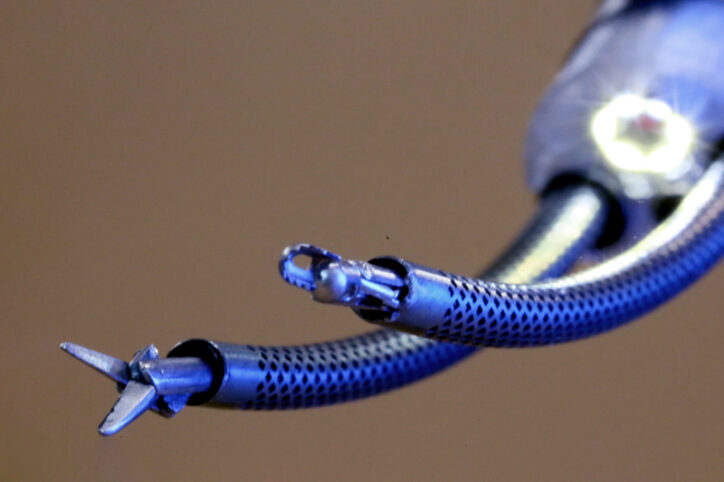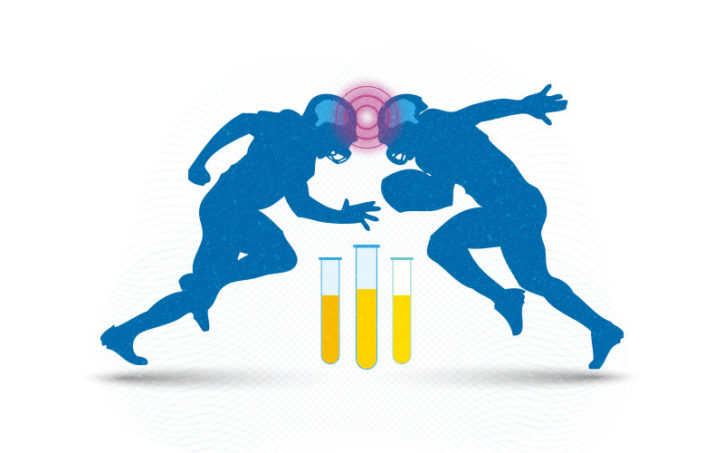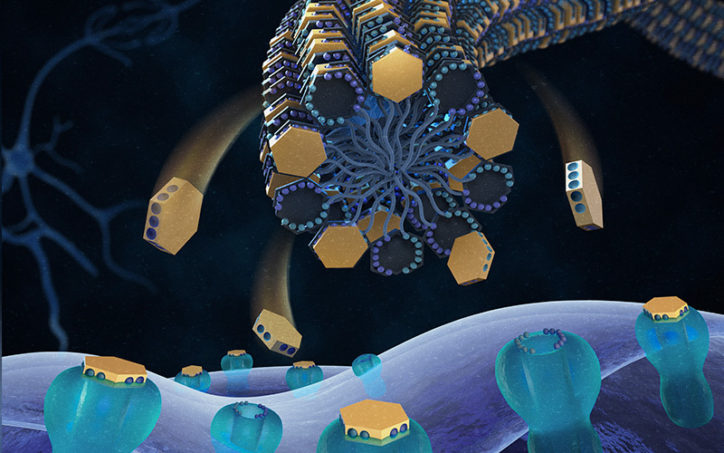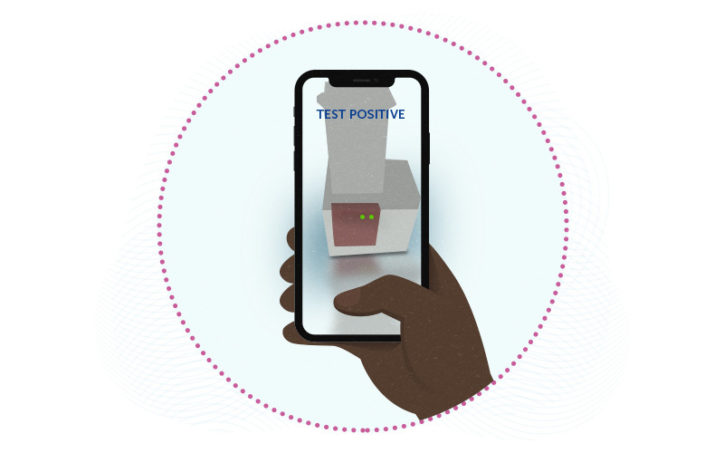This two-handed robot goes deep into the brain
Robots have become common partners in the OR, enabling surgeons to operate through small incisions and manipulate tools endoscopically, avoiding invasive open surgery. But in neurosurgery, robots’ capabilities have been more limited. While they can assist with relatively simple procedures like inserting an electrode, more invasive and complex operations like removing a tumor still require ... Read More about This two-handed robot goes deep into the brain
Could concussion be monitored through urine samples?
Concussion can be frustratingly hard to diagnose and track. The injury doesn’t show up on routine brain scans, and there is no definitive diagnostic test. It’s usually diagnosed based on symptoms and, in athletes, comparison with baseline testing if it was done. But concussion symptoms are non-specific, unreliable, and easily influenced by emotions. “Athletes usually ... Read More about Could concussion be monitored through urine samples?
A bio-inspired approach to delivering local anesthetics
Site 1 sodium channel blockers such as tetrodotoxin and saxitoxin are small-molecule drugs with powerful local anesthetic properties. They provide pain relief without toxic effects on local nerves and muscles, and are an attractive alternative to opioids. But injected by themselves, the anesthetics can easily float away, causing severe systemic toxicity. Encapsulating these drugs in ... Read More about A bio-inspired approach to delivering local anesthetics
Rapid saliva test detects COVID-19 variants, at home or point of care
COVID-19 tests are now widely available, including FDA-approved tests like BinaxNOW that people can do at home. But none of the home tests — or any hospital test — can distinguish between specific SARS-CoV-2 variants. Detecting and tracking variants, essential for public health efforts, requires complete nucleic acid sequencing of the virus. Currently, only specialized ... Read More about Rapid saliva test detects COVID-19 variants, at home or point of care
Inspired by Chinese finger traps, an annuloplasty ring that grows with the child
This post is part of a series on innovations to treat valvular disease in children. Read our prior posts on transcatheter valve replacement and an expandable prosthetic heart valve. Prosthetic annuloplasty rings have improved the durability of heart valve repairs in adults. Implanted at the perimeter of dilated, leaky valves, they help keep the valve ... Read More about Inspired by Chinese finger traps, an annuloplasty ring that grows with the child
Soft stents, hardened in place by UV light, allow a snug, custom fit
Airway stents are often used when the trachea and bronchi need to be buttressed, as in children and adults with tracheobronchomalacia whose airways become “floppy” and collapse during normal breathing. This condition can occur in conjunction with congenital cardiac anomalies in which the major heart vessels compress the trachea, and with severe, recurrent bronchitis. But ... Read More about Soft stents, hardened in place by UV light, allow a snug, custom fit







